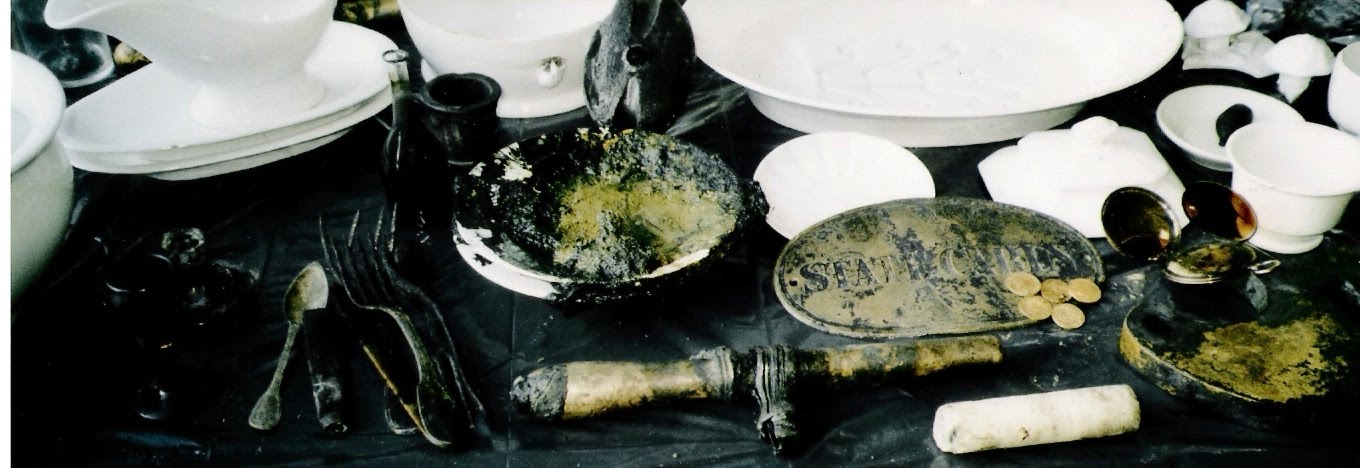Kevin Zelnio -
Let me begin with an admission of ignorance, I am not a marine biologist, I do not have a great fundamental understanding of fish or the life aquatic. But I do not let little things like an utter complete lack of knowledge or not having really worked in marine science hold me back from making a post. So my aim is to take a stab at this topic of fish by talking about DNA which I know a great deal about and study how it becomes broken and then how it gets repaired.
Before we get to fish, lets amble on down to another topic, cancer, and more specifically melanoma. Cutaneous malignant melanoma (CMM) is an aggressive form of skin cancer whose incidence seems to be increasing worldwide. It is understood that sun exposure is the predominant environmental cause of this cancer but there is likely to be some hereditary disposition for CMM also.
Cancer research tends to focus on mammalian models for obvious reasons (comparable cell lineage, physiologic similarity to humans, and utility of generating mutants in the case of mice).
Non-mammalian models, such as fish, are of great value as well as they are some of the oldest models of cancer and have been proven to be effective. Relatively short breeding cycles, large progeny, and low cost of use provide a substantial advantage to their use as models of disease.
Tumor formation in the fish genus Xiphophorus has been well established. Way way back, since after the first great war (that’s WWI to all you that got D’s in history), certain hybrids of the genus (platyfish and swordtails) developed malignant tumors of pigment cells that were classified as melanomas.
Interestingly enough melanomas from em>Xiphophorus can be xenografted (a process of transfering tissue between different hosts) onto nude mice and grown. More interestingly, it still maintains fish antigen expression. The melanoma-specific cancer gene (e.g. oncogene) locus, known as Tu (as in tumor), is repressed by the R (regulator) locus on another chromosome in fish and selective breeding can be undertaken.
Through a classical crossing experiment you can develop a variety of pigmented phenotypes by selecting for Tu and breeding R out of the hybrids. This is really dry and if you want more detail I would be more than happy to talk to you about it, but lets face it breeding strategies are quite boring and better left to personal discussions than blog posts.

Posted via http://batavia08.posterous.com batavia08's posterous
.jpg)
No comments:
Post a Comment